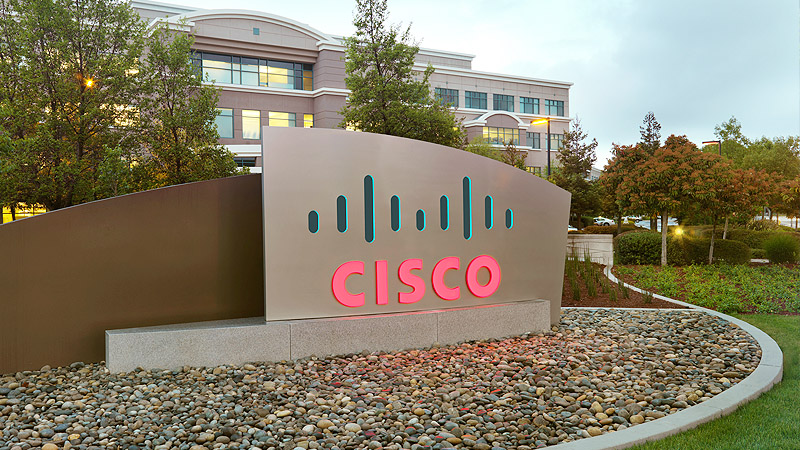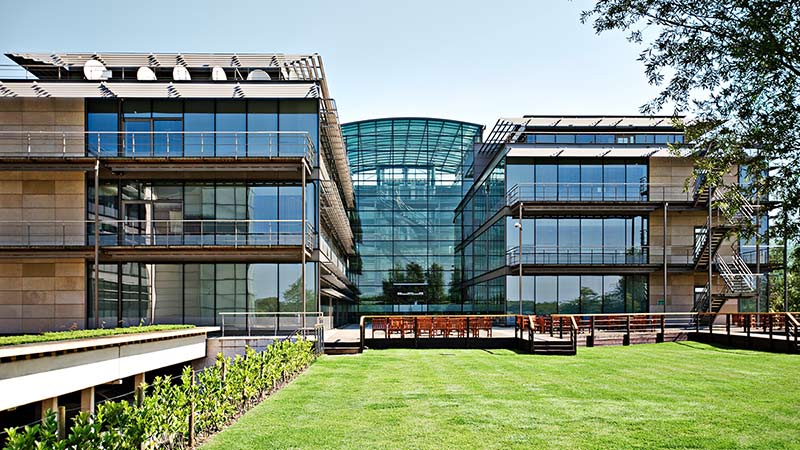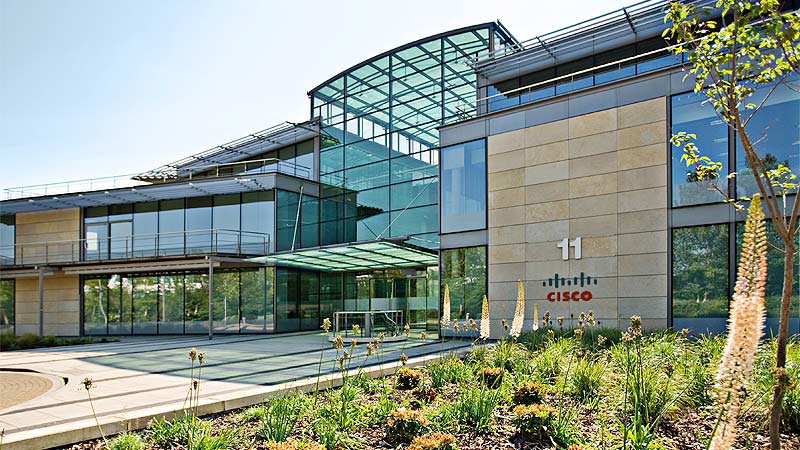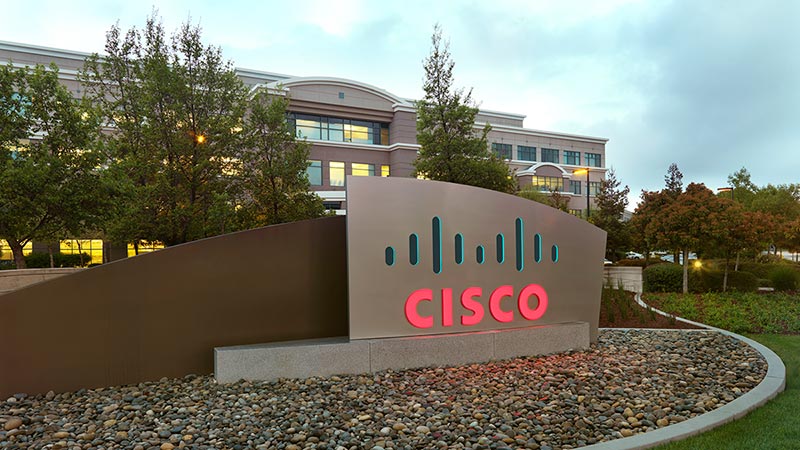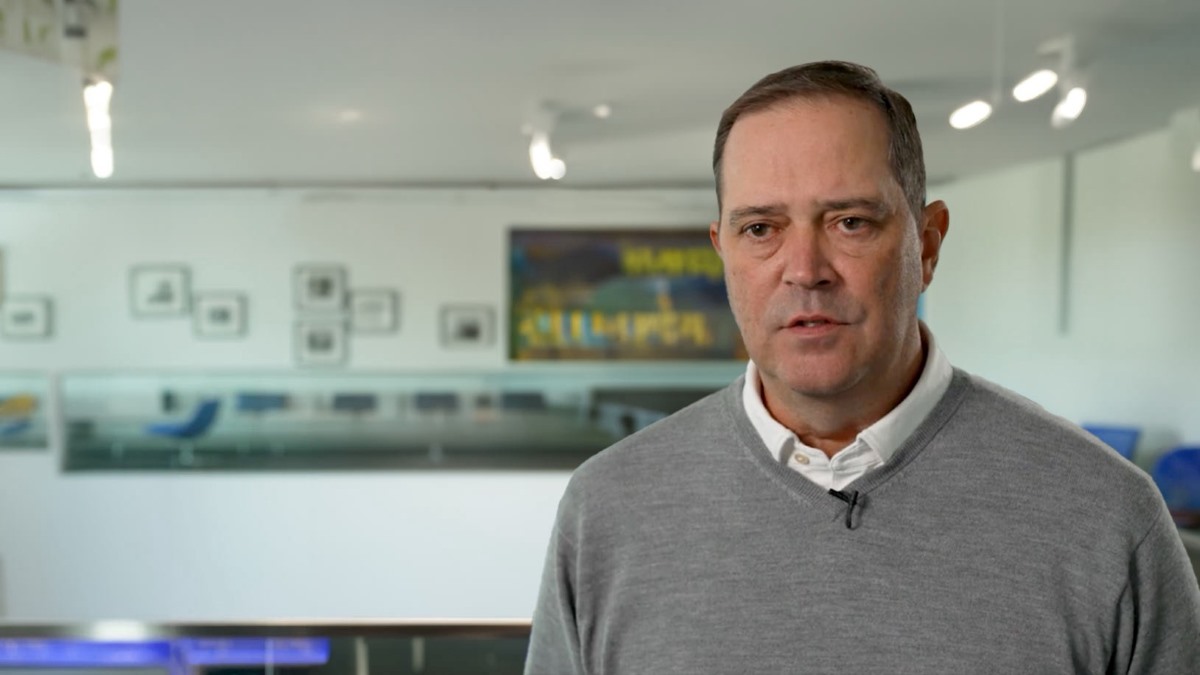July 23 2001 - One in five European small and medium businesses (SMBs) are now using the Internet as a primary element of their business strategy as compared to one in seven this time last year, according to new research commissioned by Cisco Systems and carried out by IDC.
This represents an increase of almost 50 per cent on last year's research, demonstrating acceptance, increasing adoption and more sophisticated use of Internet technology by small businesses in the region - in spite of tougher economic conditions during recent months. These Internet 'Fastrackers' - businesses who are taking advantage of Internet technology - are using the Internet extensively to form ecosystems to communicate internally and improve relationships with customers and partners.
Fastrackers who were surveyed in depth by IDC are experiencing increases in revenues of nearly 75 per cent on average, and reduced costs by 50 per cent as a direct result of their use of Internet technologies. The findings of the survey revealed that 'Fastracker' businesses look set to maintain their competitive advantage as their commitment to Internet technologies continues and their spend on Internet technologies increases year on year. Furthermore, almost two thirds of Fastrackers said that implementation of additional Internet technologies had been driven at board level - indicating a more strategic understanding of the Internet.
The research also showed that less than half of SMBs are using Internet technologies at a basic level. However, 80 per cent of these 'Laggards' have a web presence, signifying a readiness to further enhance their web strategies as soon as they overcome their concerns about Internet security and the introduction of broadband Internet access. Further supporting this optimism, one in six of all Web enabled Western European SMBs have committed to dedicate as much as 45 per cent of their IT spending towards E-business solutions. As a result, these SMB companies are classed as 'Enthusiasts'.
Surprisingly, the deflation of the dot com bubble has led to less than a fifth of SMBs re-evaluating their Internet investment as these 'Sensitives' begin to doubt the return on investment in e-business technology.
Most of these Sensitives were previously Enthusiasts but circumstances have made them more cautious. To enable these Sensitives to appreciate what E-business technology can do for them, IDC interviewed Fastrackers to find out their recommendations as to how using the Internet enables a company to become a Fastracker including:
- Keep funding internal and ensure it directly relates to the company business plan and stage of development
- Ensure new technology fits with existing systems
- Partner with a competent IT implementation partner
- Track financial as well as efficiency savings relating to new implementations, in order to understand return on investment
- Continue to invest in technology in direct relation to the profit made
- Do not rely on one sales channel. Online selling should be part of a varied channel to market strategy. Investigate sales through partnerships
- Research and evaluate the best implementation for your vertical market - one solution does not best fit all
Once this advice is followed and the Internet integrated into the heart of their business strategies, SMBs can become Fastrackers.
Fastracker example - Internet boosts retailer from Foot and Mouth slump
Buy Electrical Direct is the Internet arm of Ben Evans, an electrical retailer with 30 employees based in West Wales, UK. Surveyed originally by IDC in 1999 for Cisco, BE Direct traditionally sold to its customers as Ben Evans via a number of shops, including presences in several UK holiday parks. Since they set up their web presence, the company has experienced an increase in turnover of between 60 - 70 per cent compared with last year - despite the Foot and Mouth crisis severely impacting their offline business. Seasonal fluctuation as a result of their stores' dependence on holiday trade has decreased from 50 per cent to 10 per cent.
"Due to the Foot and Mouth crisis, the web presence has to be credited as our single biggest driver of business just now," says Philip Tucker, Director, BE Direct.
Giving advice to other small businesses considering getting online Philip continues, "Use all the experiences you have gained from working in your field of business, and think of the web as another route to market, like mail order."
He concludes, "In two years I guarantee that we will still be here and will have doubled in size, which I would not have been able to say if it were not for Internet technology."
John Mason, Vice President, Cisco Systems EMEA said, "It is heartening to see that despite the hype around dot com failure in recent months, SMBs continue to recognise - and realise - the benefits the Internet can offer in terms of efficiencies, improved communication and increased revenue. Debate has moved on from 'if' or 'when' to 'how' as far as the Internet is concerned for most small businesses. The findings reinforce Cisco's belief that businesses that approach the Internet in a way that suits their needs rather than prescriptively jumping on a bandwagon are proving to be the most successful."
He continues, "This Fastracker research has shown that the Internet is a catalyst that brings maximum benefit when it is integrated with overall business strategy. At Cisco we've developed E-fficiency, a five stage approach enabling SMBs to do exactly that by embracing Internet based solutions; email, website, ecommerce, ebusiness, and finally a full blown ecosystem. This allows us to help SMBs integrate the Internet and all it brings into their overall business strategy - the research indicates that to continue this trend can only mean even greater success for e-enabled SMBs in Europe."
Other Research Findings include:
- The country in which Fastrackers are most numerous is the UK, which also has the most PCs per employee
- Direct revenue from the Internet remains relatively low, with only 6.5 per cent contribution towards total revenue cited by Fastrackers for 2001. However, IDC forecasts that commerce on the Internet in Western Europe is set to top $1 trillion by 2004.
- The retail and wholesale sectors include the highest proportion of Fastrackers (25 per cent), whilst manufacturing and the public sector has high number of laggards and a relatively low number of Fastrackers (16 per cent)
- 70 per cent of SMBs have an Intranet, which suggests that improving employee productivity is important, and internal communications vital
- Although online payment only accounts for 9 per cent of SMBs, just under one third have online ordering facilities which suggest that once concerns over security are met that online commerce will dramatically rise
- Laggards are more numerous in Southern European countries such as Spain and Italy, whilst there are fewer in Nordic countries and the UK, reflecting how cultural attitude can impact adoption of new technology
- Furthermore, although SMBs in Northern Europe demonstrated a greater number of Internet 'Fastrackers' compared to their southern counterparts, SMBs in the Latin region displayed a relatively high presence of customer facing solutions, demonstrating the importance of closeness to the customer traditionally present in these countries
About Cisco Systems
Cisco Systems, Inc. (NASDAQ: CSCO) is the worldwide leader in networking for the Internet. News and information are available at www.cisco.com/news.
About IDC
IDC is the foremost global market intelligence and advisory firm helping clients gain insight into technology and ebusiness trends to develop sound business strategies. Using a combination of rigorous primary research, in-depth analysis, and client interaction, IDC forecasts worldwide markets and trends to deliver dependable service and client advice. More than 700 analysts in 43 countries provide global research with local content. IDC's customers comprise the world's leading IT suppliers, IT organizations, ebusiness companies, and the financial community. Additional information can be found at emea.idc.com.
IDC is a division of IDG, the world's leading IT media, research and expositioncompany.
Notes to Editors
The analysis of Internet adoption in the Western European SME market was drawn from IDC's eWorld 2001 European Survey which covers all company sizes. The data included in the report is based on a subsection of the eWorld 2001 Survey: 3,720 IT-enabled enterprises (those with at least one computer) with between 20 and 499 employees, across Western Europe.
This data was supplemented with original qualitative research commissioned by Cisco, conducted amongst Western European and Czech Republic SMEs across the following industry sectors:
- Health/Government/Education
- Business Services
- Retail/Wholesale
- Transport/Communication/Utilities/Media
- Manufacturing
- Finance
This primary research, called Fastrackers '01, took the form of case studies of companies that have gained measurable advantage through the use of the Internet, successfully incorporating the technology to leapfrog larger competitors, significantly increase revenues, increase market share or re-shape traditional market sector dynamics.
This is the second year that the Fastrackers research has been carried out and a number of case studies originally contacted for the previous year's research were revisited to qualitatively assess whether the Internet had had a significant impact on their business success.
Cisco, Cisco Systems, and the Cisco Systems logo are registered trademarks of Cisco Systems, Inc. and/or its affiliates in the U.S. and certain other countries. All other trademarks mentioned in this document are the property of their respective owners.
